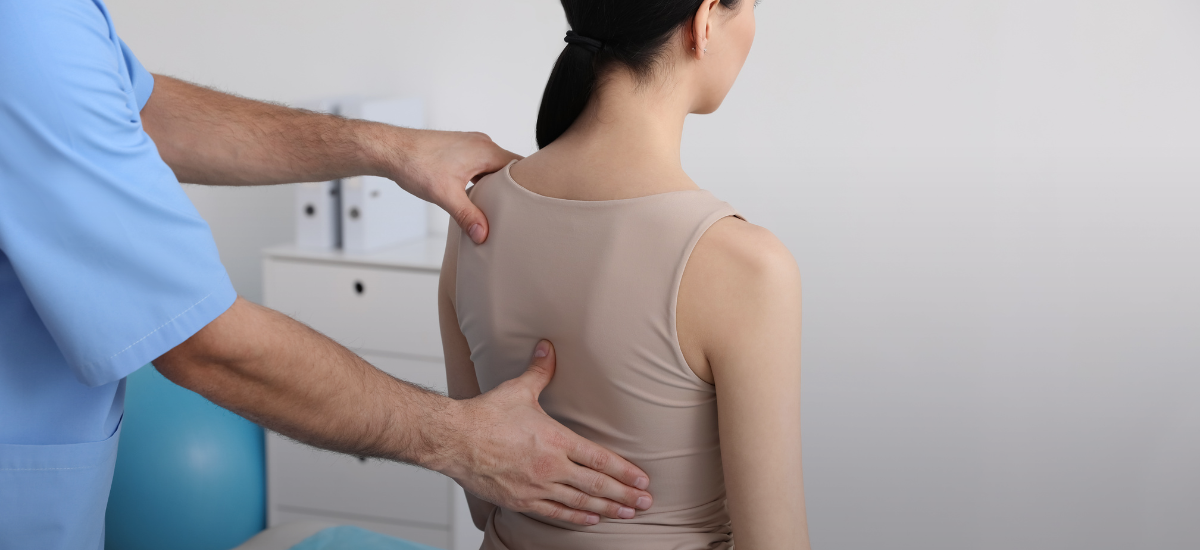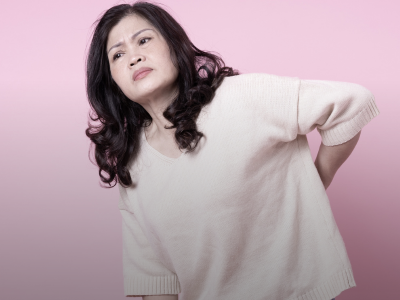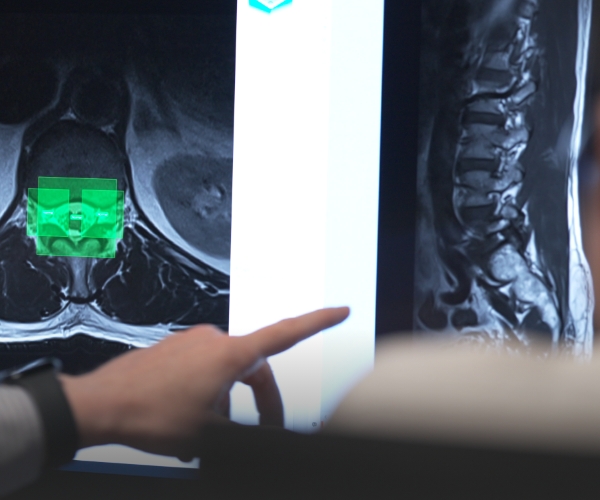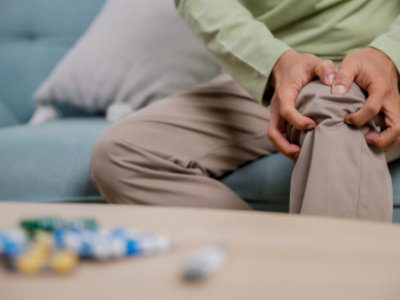Published on 29 May 2024
While scoliosis, a condition that causes the spine to curve, is frequently diagnosed in children, it can also develop in adults as they age.
When you think of a healthy spine, the first word that likely comes to mind is ‘straight’.
‘Don’t hunch’, ‘straighten your back’, and ‘stand up tall’ are just some of the common pieces of advice you might have heard from well-meaning family members as you were growing up.
It might therefore sound counterintuitive, but those with an abnormal curvature of the spine – a condition known as scoliosis – can still lead healthy and active lives free of pain, and need not necessarily have to undergo corrective treatment.
Nonetheless, like all physical conditions and ailments, whether an individual needs treatment for scoliosis is assessed on a case-by-case basis.
Dr Lau Leok Lim, Senior Consultant at the National University Spinal Institute (NUSI), Department of Orthopaedic Surgery, National University Hospital (NUH), elaborated, “Many people (with scoliosis) do not need treatment, and are not limited in their daily activities.”
He added that treatment options are readily accessible and available for individuals experiencing symptoms that impact their quality of life, such as bodily pain and stiffness.
Dr Lau was speaking at the first NUSI Public Spine Symposium held on March 30 at the National University Health System (NUHS).
Here, we break down some of the key points regarding scoliosis.
Scoliosis in children
There are various types of scoliosis, but the most prevalent form is idiopathic scoliosis, which primarily affects children and adolescents. While the condition is known to have a genetic component, its exact cause remains elusive, with no identified responsible genes.
Scoliosis affects children of all races but is more prevalent in girls than boys. In Singapore, the prevalence of adolescent idiopathic scoliosis in schoolgirls is 1.4 per cent at 11–12 years of age, and 2.2 per cent at 13–14 years of age. This shows a correlation between higher age groups and increased scoliosis prevalence.
“For idiopathic scoliosis, doctors would usually prescribe the use of a back brace before the child hits puberty so as to prevent the curve from progressing,” Dr Lau said.
Degenerative scoliosis
Another common form of scoliosis is degenerative scoliosis, which is caused by ageing and wear and tear of the discs that separate the vertebrae, or arthritis in the joints that link them. This type of scoliosis often occurs later in life.
“By the age of 70, one in every five individuals will develop scoliosis,” Dr Lau said.
Those with degenerative scoliosis are more likely to experience pain compared to those with idiopathic scoliosis or other forms of the condition.
Dr Lau explained, “The bending of the spine due to degenerative scoliosis causes the spinal vertebrae to become misaligned. This asymmetry can lead to compression of spinal nerves, where the discs between each vertebra protrude and press on the nerves, resulting in pain in the lower back and back of the leg.”
Consequently, ordinary movements such as standing, lying down, or even sitting become difficult and uncomfortable, necessitating medical intervention and treatment.
Nevertheless, individuals who do not experience pain from their scoliosis may not necessarily require treatment. In fact, many have lived with scoliosis for years without even realising they have it, often discovering the condition during unrelated health screenings.
Dr Lau shared, “In adult scoliosis, treatment is not solely determined by the severity of the curve, but by the symptoms the patient displays. I have a patient whose spinal curvature has worsened, yet she remains content as it does not cause her pain.”
Treatment options for scoliosis
The primary approach to treating scoliosis usually begins with non-operative methods. Physicians typically prescribe painkillers, advise rest, and recommend physical therapy.
While these treatments do not aim to straighten the spine, they effectively manage symptoms such as pain and discomfort. Surgery is only reserved for cases where the symptoms are severe, and non-operative treatments prove ineffective.
For mild cases, surgery may involve localised treatment targeting one or two segments of the spine. For example, a patient experiencing pain in their left leg may undergo surgery to alleviate nerve compression. This procedure typically involves the insertion of screws and fusion of vertebrae to stabilise the affected joint.
Such localised surgeries often require only a brief hospital stay and pose minimal risk of complications.
Nevertheless, localised surgery is often inadequate for correcting larger curves associated with severe scoliosis. In such cases, patients may require major spinal reconstruction.
“Due to the potential risks of such a major surgery, patients undergo thorough evaluations, including tests like bone density assessments to detect osteoporosis, before being deemed suitable candidates for surgery,” Dr Lau emphasised.
Do you notice asymmetrical shoulder blades, unusual rib protrusions, or asymmetrical waistlines? These could be possible indicators of scoliosis. If you spot these warning signs in yourself or your child, it is essential to speak to your doctor to learn more about treatment and management options for scoliosis.
In consultation with Dr Lau Leok Lim, Senior Consultant, University Spine Centre, Department of Orthopaedic Surgery, NUH.




